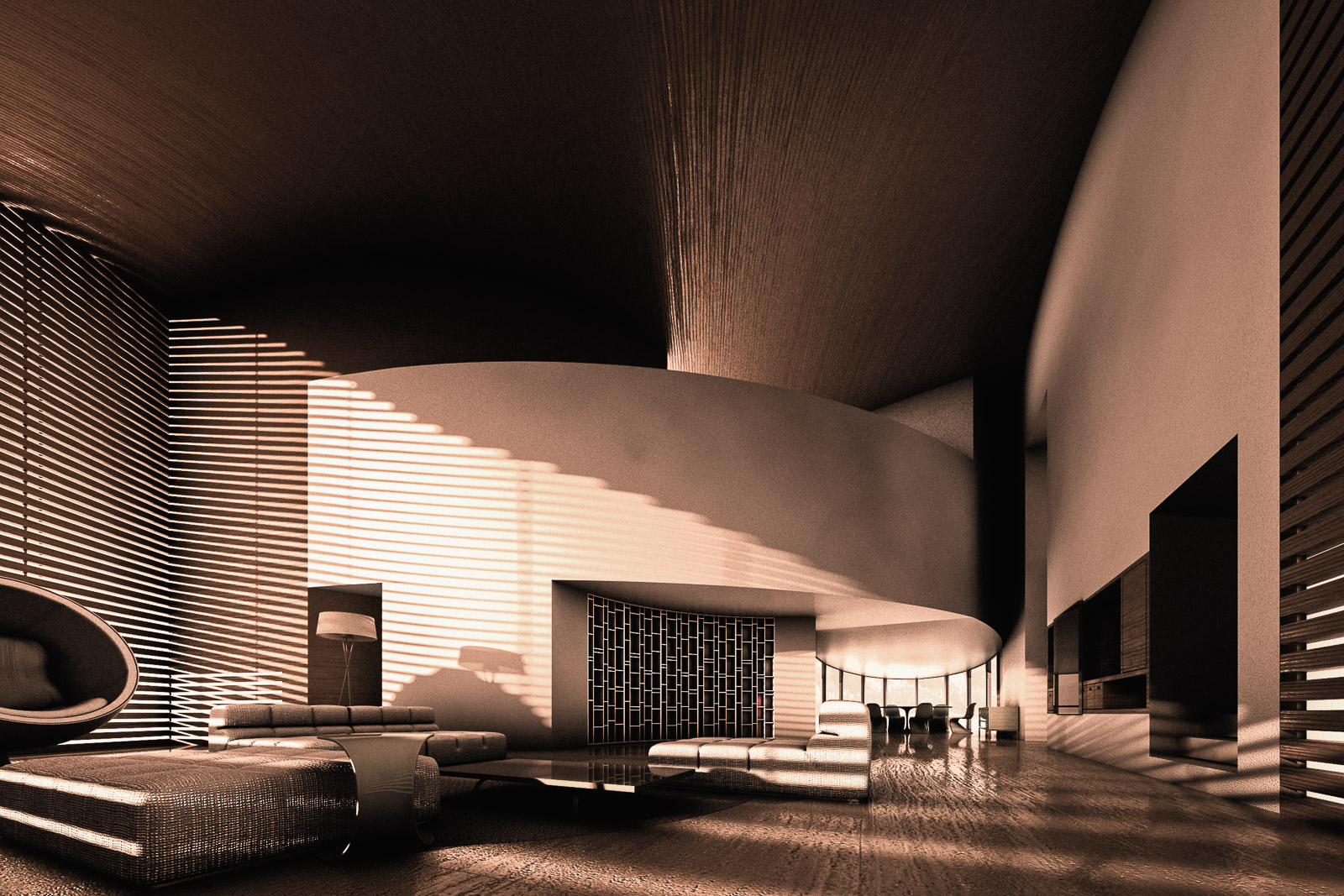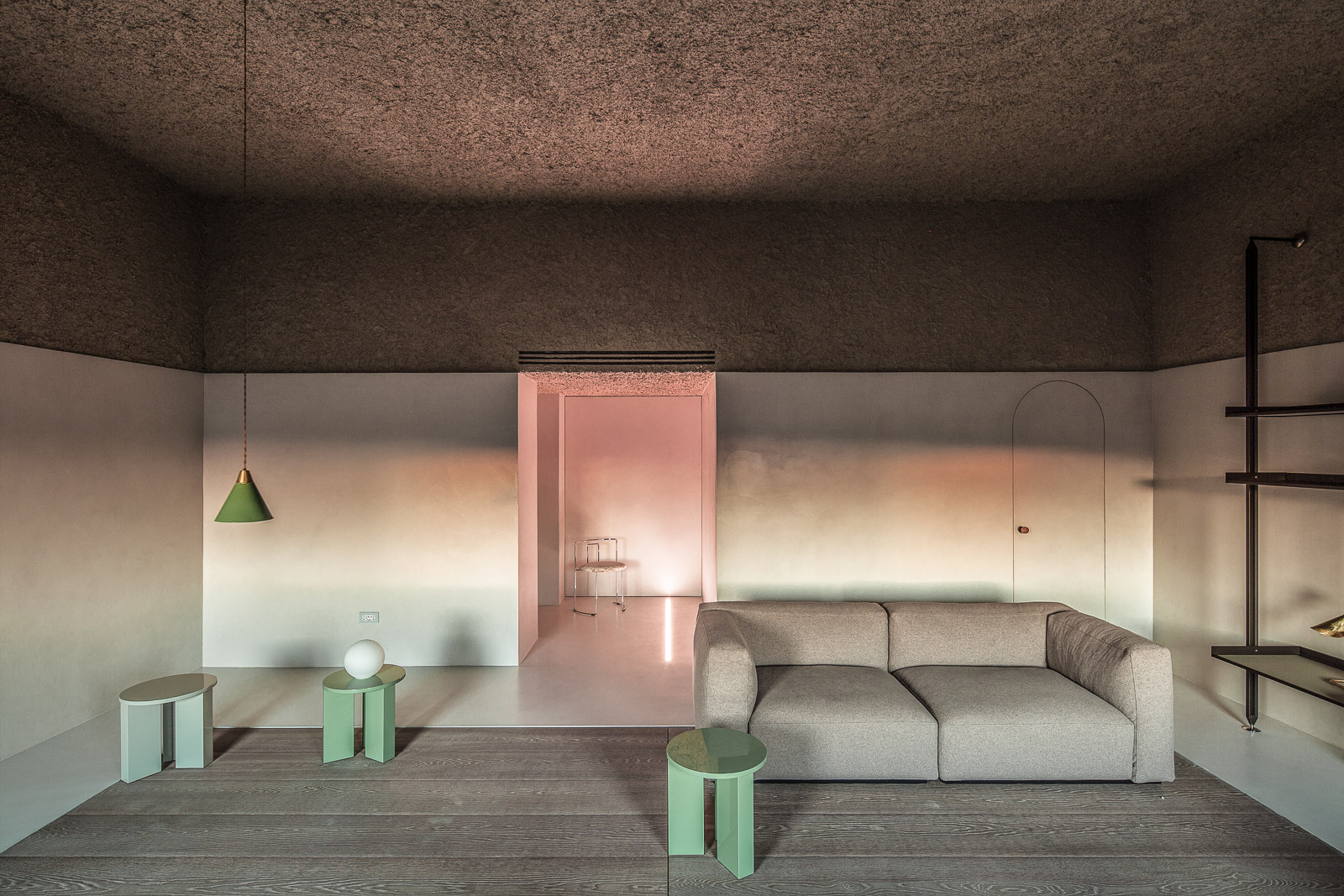
Thesis
Sophia Klinkenberg
The dialogue between man and space is something which has evolved over time in my work.[1]
One of Antonino Cardillo’s early designs, is one from Seven Houses for No One: the House of Convexities, Cardillo reflects on this particular design by considering the house merely as a form of self-expression in a narcissistic way; the design is more like a monologue, which is communicated as ‘spatial storytelling’. The suggestion of it being an inhabitable space, corresponds to the perspective from which the story can be read; the relation between man and space as being very intimate, where the body and mind meet through movement.
Architecture only remains still in pictures. In real life its natural state is one of transition. Both man and light move within it. […] How many stories will this light possibly tell over the course of a year?[2]
The House of Convexities intends to play with the movement of light, which made it a very complex design. Its result was a narrative space, which embodies the suggestion of a dance by time, movement and space. The narration of the space is strongly influenced by the natural environment. The “dialogue with the weather — sun, wind, dust and rain — is of more interest than furniture”, as Cardillo describes in his current biography.
In his later work, the poetic feeling between nature and architecture remained, but developed as a rather anthroposophical dialogue between man and space. One of the main differences with his earlier work is that the narrative of the concept in House of Convexities was expressed strongly in the complexity of forms, whereas with more recent apartment he designed in Rome, House of Dust, he reinvented a space within a conventional lay-out. Cardillo’s approach to the House of Dust, was merely like the house being an instrument, to write a narrative without applying an extravagant typology. The time process, related to space and light, became the scenography of the house. He succeeded to create such complexity by his use of textures, proportions, the experience of colours and a minimal use of artificial light and a maximum use of natural light. Cardillo is inspired by human nature, cultural heritage and classical architecture as he also believes that good architecture represents the sense of the change over time. In contrast to natural light, strong artificial light would create overexposed spaces and takes away the potential to mutate spaces, in which Cardillo links shadows and mysteries to the creation of a sense of eroticism.
Notes
- ^ Antonino Cardillo, ‘Interview’ [videophone], ed. Sophia Klinkenberg, The Hague-Trapani, Feb. 2015.
- ^ Antonino Cardillo, ‘Flamenco y arquitectura’,[↗] worldarchitecturenews.com, ed. Siân Disson, London, 10 June 2008.

